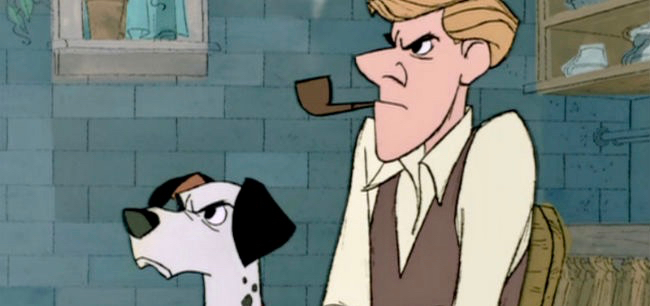We all love our cats and dogs and pets of all shapes, sizes and breeds. We are a nation of pet lovers, and for good reason.
Studies show pets improve our wellness and mood. They offer relief from depression and isolation, thus strengthening our immune systems. No wonder we love our pets. But there is more to this story than meets the eye.
In many ways, our animals are extensions of ourselves. You know the saying “people look like their dogs.” So often humans share the personalities of their pets.
In the Disney classic “One Hundred and One Dalmatians,” there’s a great scene in which the pooches Pongo and Perdita notice one another in the park for the first time — and their owners show up, behaving just like their dogs.
It’s possible that we chose our pets as a representation of parts of ourselves that we seek to understand or to integrate in a more complete way.
What of a female cat who refuses to come out from behind the sofa. No surprise that owner suffers from social phobia.
Or the boxer dog who tries to take over the house by refusing to allow visitors to sit anywhere before he’s found a seat. The owner has difficulty sharing.
What of the vulnerable young girl who insists that her new pet bird sit on her shoulder wherever she goes. The girl feels a bit more confident facing the world, no longer alone but with her gentle and loving companion.
So many of our choices in life reflect the parts of ourselves that we seek to strengthen or integrate.
What becomes important is that we’re conscious of our these choices, so that our pets do not become the carriers of our unconscious selves. Instead, they’re free to coexist side-by-side — supporting us, and being supported, in loving mindfulness and awareness.
